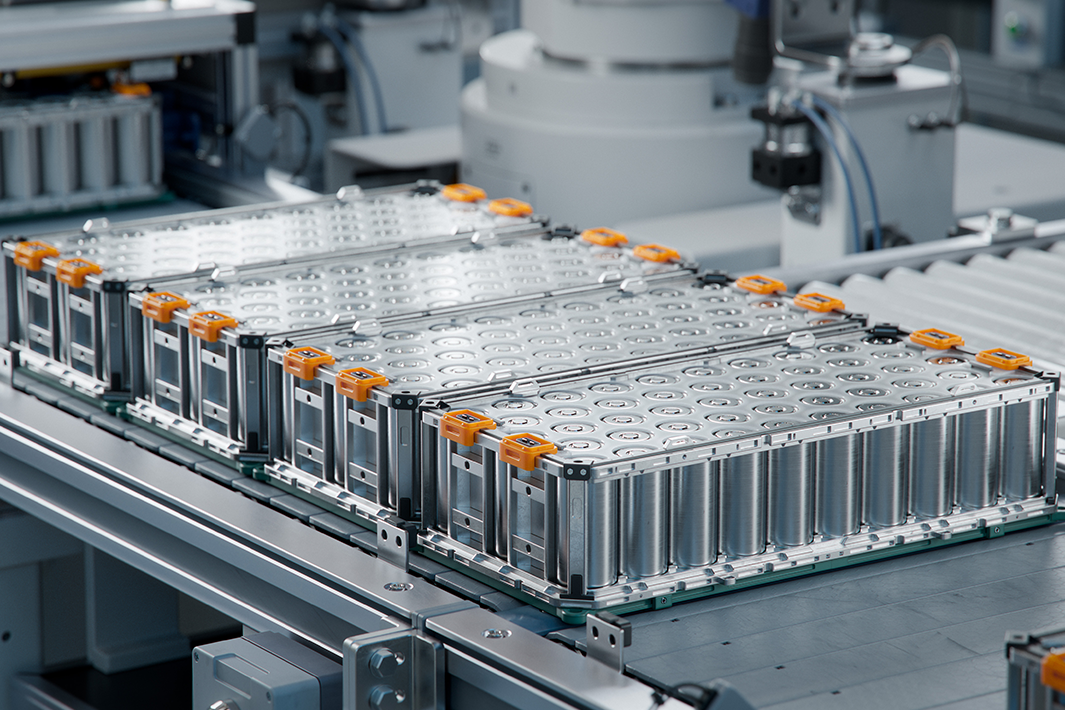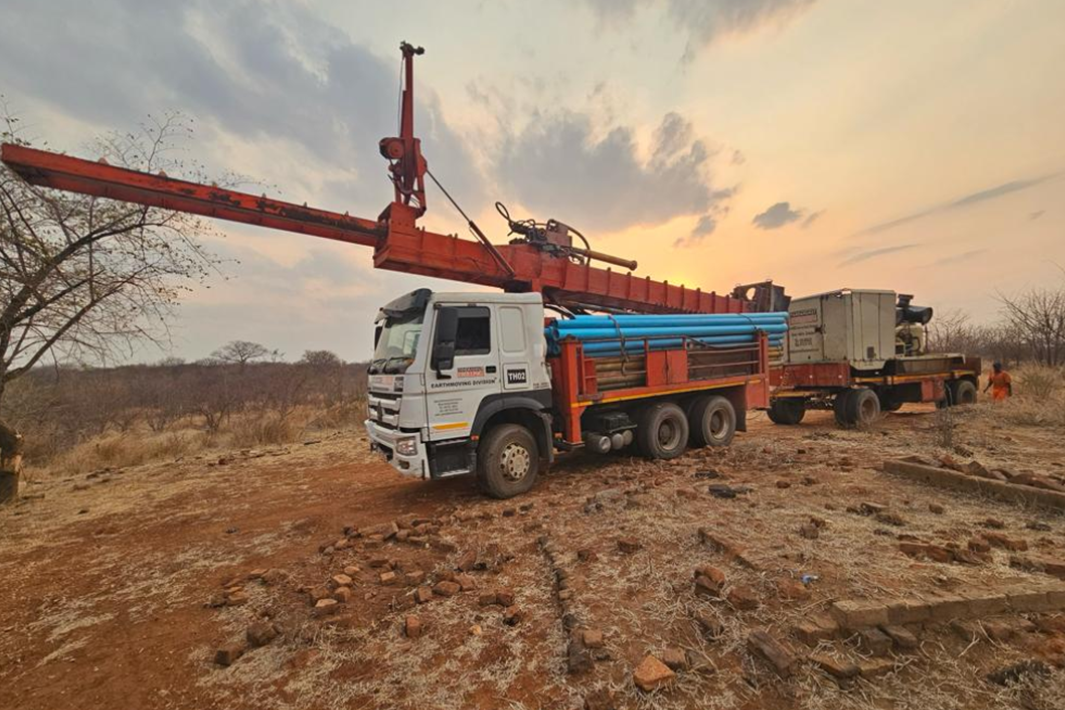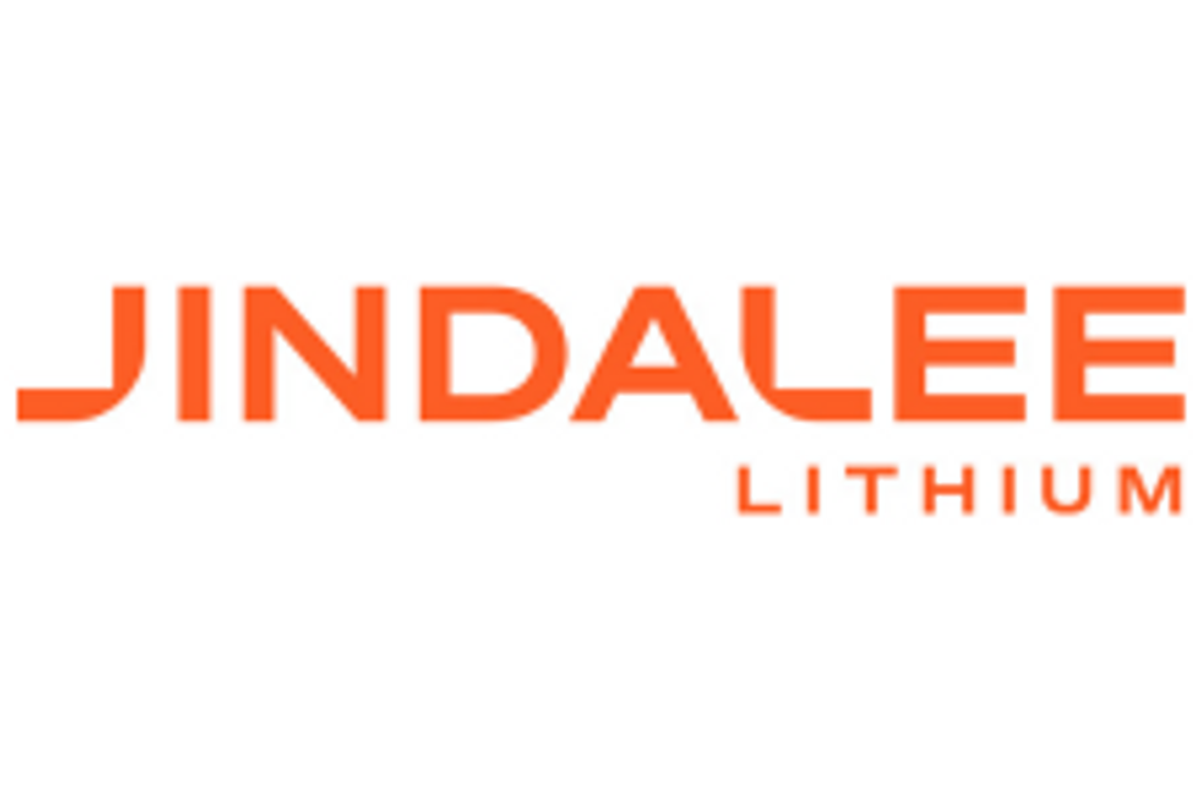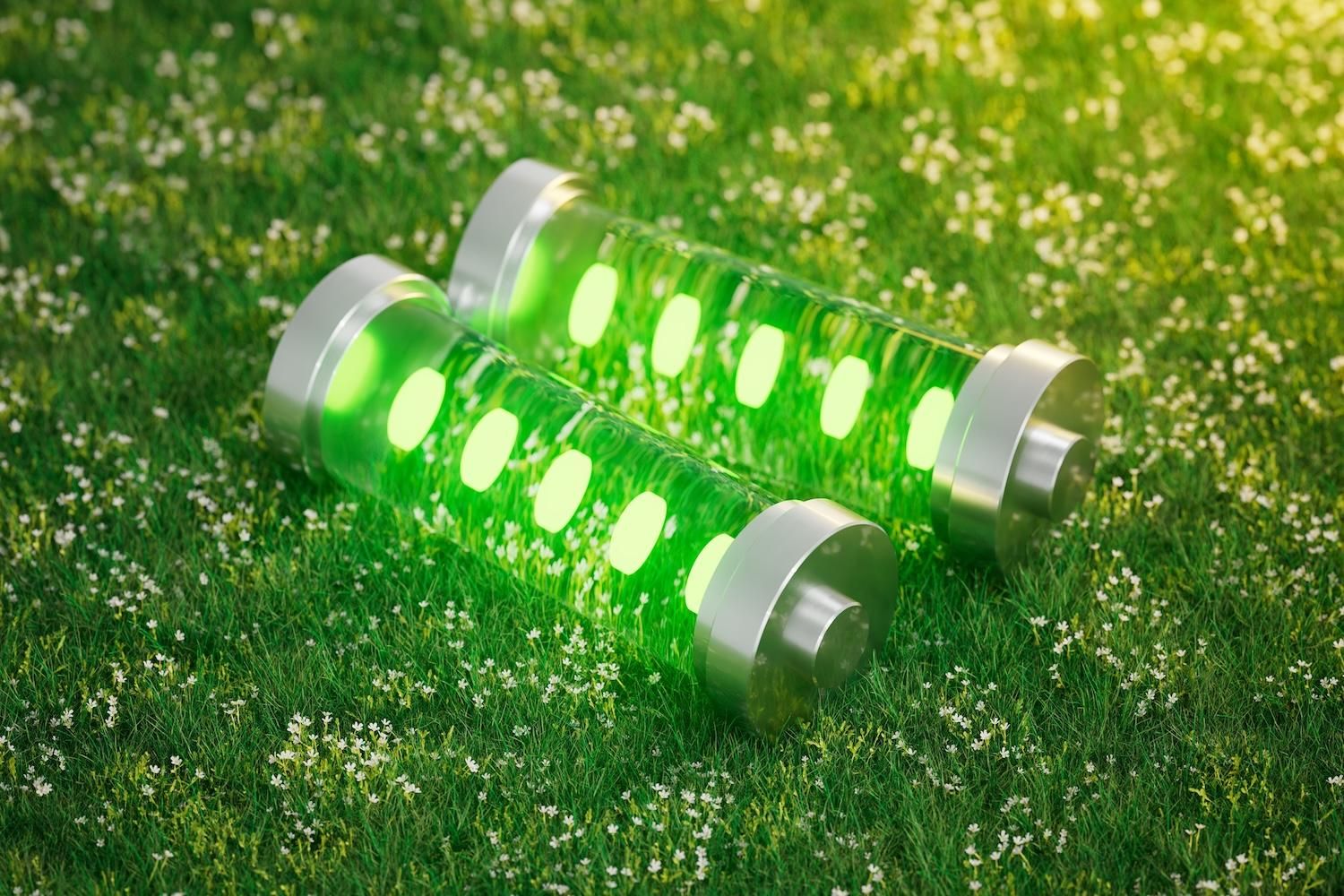
June 06, 2023
Jindalee Resources Limited (ASX:JRL) (Jindalee, the Company) is pleased to advise that it has commenced a PFS onJindalee’s 100% owned McDermitt Lithium Project1 in Oregon, USA (McDermitt, Project).
- Jindalee to commence a Pre-Feasibility Study (PFS) on the globally significant McDermitt Lithium Project
- McDermitt is the largest Lithium deposit in the US by contained lithium with 21.5Mt Lithium Carbonate Equivalent (LCE) in Mineral Resource¹
- Leading global EPC and maintenance company Fluor Corporation appointed as lead engineer for the PFS
- Positive industry developments and government support continue to bolster the outlook for the lithium sector
- Jindalee targeting December Quarter 2023 for completion of the PFS
Jindalee has appointed global engineering, procurement, construction (EPC) and maintenance company Fluor Corporation (NYSE: FLR) (Fluor) as lead engineer for the PFS.
McDermitt has an Inferred Mineral Resource Inventory of 3.0 Billion tonnes at 1,340ppm Li for total of 21.5 Million tonnes LCE at 1,000 ppm cut-off grade. At 21.5 Mt LCE, McDermitt is the largest Lithium deposit in the US by contained lithium in Mineral Resource, and a globally significant resource.
Industry developments
Recent industry developments in the US lithium sector include the commencement of construction at Lithium America’s (TSX:LAC) nearby Thacker Pass Project2, which is supported by a US$650M equity investment and exclusive offtake by US car manufacturer General Motors Company (GM)³ and the US Department of Energy (DOE) announcement of a conditional loan of up to US$700M to support development of Ioneer Limited’s Rhyolite Ridge Lithium‐Boron Project in Esmerelda County, Nevada4.
These developments have provided the Board of Jindalee with increased confidence in the prospects for development of McDermitt to feed the United States’ rapidly growing demand for domestically produced lithium.
This demand has been catalysed in no small way by the passage of the US Inflation Reduction Act 2022 (IRA), which provides US$369B in funding to reduce carbon emissions by 40% by 2030. Under the IRA at least 40% of an EV’s battery materials must be sourced from the US (or a Free Trade Agreement partner) to qualify for an EV tax credit, rising to 80% by 2027. Furthermore, miners producing critical materials will be eligible for tax credits equivalent to 10% of production costs and US$40B has been made available under the DOE’s Innovative Technology Loan Guarantee to support projects that bolster a domestic supply of critical minerals.
Jindalee also notes the recent conclusion of the Australia-United States Climate, Critical Minerals and Clean Energy Transformation Compact5, which aims to establish climate and clean energy as a central pillar of the Australia-United States Alliance. Among the objectives of the Compact is the promotion of a responsible, sustainable and stable supply of critical minerals essential to the global energy transformation. While operationalisation of the Compact is at an early stage, its signing is considered by the Board to be positive for companies whose operations and interests span the two countries, such as Jindalee.
Completion of a PFS represents the next logical step towards development of McDermitt and is expected to facilitate meaningful discussions with potential financiers (both public and private sector), offtakers and strategic partners.
Current status and expected timetable for PFS work
On 24 March 2023 Jindalee announced that Fluor had completed a review of all metallurgical testwork undertaken by Jindalee in relation to McDermitt6. The review determined that acid leaching with beneficiation (to upgrade the leach head grade) delivered the lowest operating costs and best financial outcome among the alternatives considered, and noted that the very large Mineral Resource at McDermitt (21.5 Mt LCE, Table 1)* allows flexibility in development, providing the opportunity to optimise mining and feed high grade ore early in the mine life.
Fluor recommended that further testwork be undertaken to refine the preferred flowsheet for the processing of McDermitt ore. Sample selection for this testwork has since commenced under the supervision of Fluor. In addition, Jindalee has commenced further studies which will feed into the PFS, including detailed geological modelling and geochemical domaining of the McDermitt deposit, together with preliminary pit optimisations and mining studies.
The PFS, which will generate a capital and operating cost estimate to an accuracy of +/-25% to 35%, is expected to be completed during the December Quarter 2023.
Jindalee’s Chairman Justin Mannolini commented: “I am delighted to announce the appointment of Fluor as lead engineer for the McDermitt PFS. McDermitt is a very large and potentially strategically important domestic source of lithium for the US battery industry. Fluor has assembled a team of highly credentialled engineers and metallurgists with extensive experience with US sediment hosted lithium deposits to work on the PFS, which we look forward to completing in late 2023.”
Click here for the full ASX Release
This article includes content from Jindalee Resources Limited, licensed for the purpose of publishing on Investing News Australia. This article does not constitute financial product advice. It is your responsibility to perform proper due diligence before acting upon any information provided here. Please refer to our full disclaimer here.
JRL:AU
The Conversation (0)
11 December
Mining the Gap: 5 Forces Shaping North America’s Lithium Supply Chain
A convergence of industry investments, government initiatives and a shifting global trade dynamic is creating an environment ripe for the development of a North American battery supply chain, with lithium playing a leading role. These trends are reshaping the region’s industrial base and opening... Keep Reading...
10 December
Rock Bottom: Strategic Window for Ground-level Lithium Investment
When lithium prices hit bottom, savvy investors know that’s exactly where the next big discovery begins — literally. Beneath the surface of global markets and remote exploration grounds, new opportunities are forming in the wake of a sharp price reset and renewed geopolitical urgency.Recent... Keep Reading...
10 December
Liontown Resources Pens Lithium Offtake Agreement with China's Canmax
Liontown Resources (ASX:LTR,OTC Pink:LINRF) has executed a binding offtake agreement with Chinese conglomerate Canmax Technologies (SZSE:300390) as part of its strategy to diversify its customer base.“Listed on the Shenzhen Stock Exchange, Canmax is one of the world’s leading manufacturers of... Keep Reading...
08 December
Trading Halt
Jindalee Lithium (JLL:AU) has announced Trading HaltDownload the PDF here. Keep Reading...
05 December
Livium Receives A$663k in RsD Tax Incentive Rebates for VSPC
Livium Ltd (ASX: LIT) (“Livium” or the “Company”) advises that it has received A$663,000 in research and development ("R&D") tax incentive rebates from the Australian Tax Office for the 2025 financial year ("FY25"), relating to its wholly owned subsidiary VSPC Pty Limited ("VSPC"). The rebate... Keep Reading...
01 December
Why SQM Says Social Dialogue is Key to Sustainable Lithium
As scrutiny continues to intensify across the battery metals supply chain, the conversation around sustainability has moved far beyond carbon footprints. At this year’s Benchmark Week, Stefan Debruyne, director of external affairs at Sociedad Quimica y Minera de Chile (SQM) (NYSE:SQM), made that... Keep Reading...
Latest News
Interactive Chart
Latest Press Releases
Related News
TOP STOCKS
American Battery4.030.24
Aion Therapeutic0.10-0.01
Cybin Corp2.140.00





